Reebok 2013 Annual Report Download - page 200
Download and view the complete annual report
Please find page 200 of the 2013 Reebok annual report below. You can navigate through the pages in the report by either clicking on the pages listed below, or by using the keyword search tool below to find specific information within the annual report.-
 1
1 -
 2
2 -
 3
3 -
 4
4 -
 5
5 -
 6
6 -
 7
7 -
 8
8 -
 9
9 -
 10
10 -
 11
11 -
 12
12 -
 13
13 -
 14
14 -
 15
15 -
 16
16 -
 17
17 -
 18
18 -
 19
19 -
 20
20 -
 21
21 -
 22
22 -
 23
23 -
 24
24 -
 25
25 -
 26
26 -
 27
27 -
 28
28 -
 29
29 -
 30
30 -
 31
31 -
 32
32 -
 33
33 -
 34
34 -
 35
35 -
 36
36 -
 37
37 -
 38
38 -
 39
39 -
 40
40 -
 41
41 -
 42
42 -
 43
43 -
 44
44 -
 45
45 -
 46
46 -
 47
47 -
 48
48 -
 49
49 -
 50
50 -
 51
51 -
 52
52 -
 53
53 -
 54
54 -
 55
55 -
 56
56 -
 57
57 -
 58
58 -
 59
59 -
 60
60 -
 61
61 -
 62
62 -
 63
63 -
 64
64 -
 65
65 -
 66
66 -
 67
67 -
 68
68 -
 69
69 -
 70
70 -
 71
71 -
 72
72 -
 73
73 -
 74
74 -
 75
75 -
 76
76 -
 77
77 -
 78
78 -
 79
79 -
 80
80 -
 81
81 -
 82
82 -
 83
83 -
 84
84 -
 85
85 -
 86
86 -
 87
87 -
 88
88 -
 89
89 -
 90
90 -
 91
91 -
 92
92 -
 93
93 -
 94
94 -
 95
95 -
 96
96 -
 97
97 -
 98
98 -
 99
99 -
 100
100 -
 101
101 -
 102
102 -
 103
103 -
 104
104 -
 105
105 -
 106
106 -
 107
107 -
 108
108 -
 109
109 -
 110
110 -
 111
111 -
 112
112 -
 113
113 -
 114
114 -
 115
115 -
 116
116 -
 117
117 -
 118
118 -
 119
119 -
 120
120 -
 121
121 -
 122
122 -
 123
123 -
 124
124 -
 125
125 -
 126
126 -
 127
127 -
 128
128 -
 129
129 -
 130
130 -
 131
131 -
 132
132 -
 133
133 -
 134
134 -
 135
135 -
 136
136 -
 137
137 -
 138
138 -
 139
139 -
 140
140 -
 141
141 -
 142
142 -
 143
143 -
 144
144 -
 145
145 -
 146
146 -
 147
147 -
 148
148 -
 149
149 -
 150
150 -
 151
151 -
 152
152 -
 153
153 -
 154
154 -
 155
155 -
 156
156 -
 157
157 -
 158
158 -
 159
159 -
 160
160 -
 161
161 -
 162
162 -
 163
163 -
 164
164 -
 165
165 -
 166
166 -
 167
167 -
 168
168 -
 169
169 -
 170
170 -
 171
171 -
 172
172 -
 173
173 -
 174
174 -
 175
175 -
 176
176 -
 177
177 -
 178
178 -
 179
179 -
 180
180 -
 181
181 -
 182
182 -
 183
183 -
 184
184 -
 185
185 -
 186
186 -
 187
187 -
 188
188 -
 189
189 -
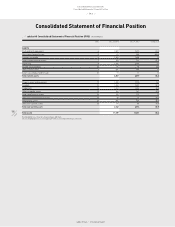 190
190 -
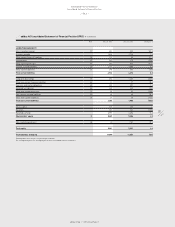 191
191 -
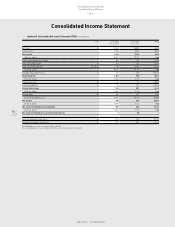 192
192 -
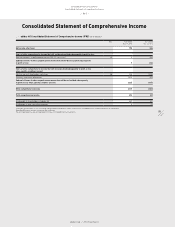 193
193 -
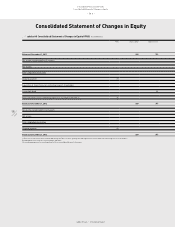 194
194 -
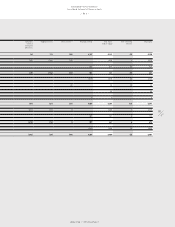 195
195 -
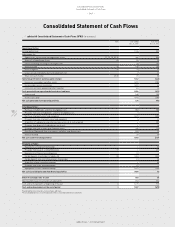 196
196 -
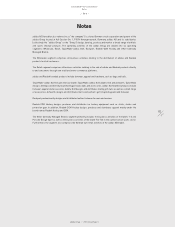 197
197 -
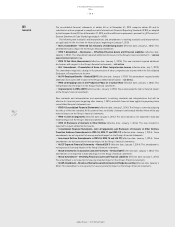 198
198 -
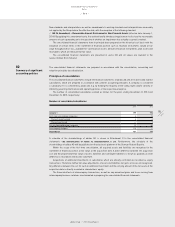 199
199 -
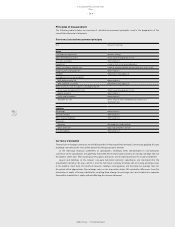 200
200 -
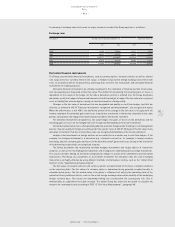 201
201 -
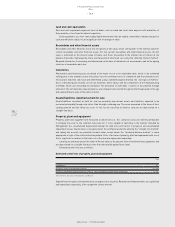 202
202 -
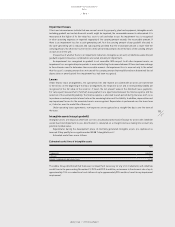 203
203 -
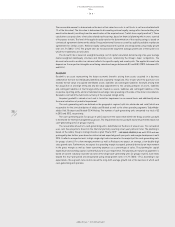 204
204 -
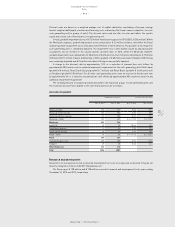 205
205 -
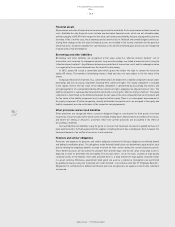 206
206 -
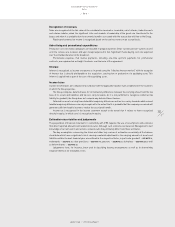 207
207 -
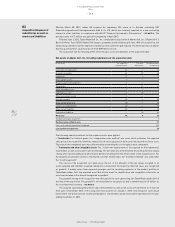 208
208 -
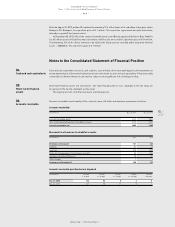 209
209 -
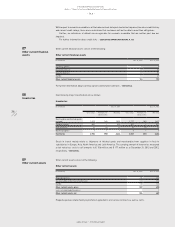 210
210 -
 211
211 -
 212
212 -
 213
213 -
 214
214 -
 215
215 -
 216
216 -
 217
217 -
 218
218 -
 219
219 -
 220
220 -
 221
221 -
 222
222 -
 223
223 -
 224
224 -
 225
225 -
 226
226 -
 227
227 -
 228
228 -
 229
229 -
 230
230 -
 231
231 -
 232
232 -
 233
233 -
 234
234 -
 235
235 -
 236
236 -
 237
237 -
 238
238 -
 239
239 -
 240
240 -
 241
241 -
 242
242 -
 243
243 -
 244
244 -
 245
245 -
 246
246 -
 247
247 -
 248
248 -
 249
249 -
 250
250 -
 251
251 -
 252
252 -
 253
253 -
 254
254 -
 255
255 -
 256
256 -
 257
257 -
 258
258 -
 259
259 -
 260
260 -
 261
261 -
 262
262 -
 263
263 -
 264
264
 |
 |

adidas Group
/
2013 Annual Report
Consolidated Financial Statements
196
2013
Notes
/
04.8
/
Principles of measurement
The following table includes an overview of selected measurement principles used in the preparation of the
consolidated financial statements.
Overview of selected measurement principles
Item Measurement principle
Assets
Cash and cash equivalents Nominal amount
Short-term financial assets At fair value through profit or loss
Accounts receivable Amortised cost
Inventories Lower of cost or net realisable value
Assets classified as held for sale Lower of carrying amount and fair value less costs to sell
Property, plant and equipment Amortised cost
Goodwill Impairment-only approach
Intangible assets (except goodwill):
With definite useful life Amortised cost
With indefinite useful life Impairment-only approach
Other financial assets (categories according to IAS 39):
At fair value through profit or loss At fair value through profit or loss
Held to maturity Amortised cost
Loans and receivables Amortised cost
Available-for-sale At fair value in other comprehensive income or at
amortised cost
Liabilities
Borrowings Amortised cost
Accounts payable Amortised cost
Other financial liabilities Amortised cost
Provisions:
Pensions Projected unit credit method
Other provisions Expected settlement amount
Accrued liabilities Amortised cost
Currency translation
Transactions in foreign currencies are initially recorded in the respective functional currency by applying the spot
exchange rate valid at the transaction date to the foreign currency amount.
In the individual financial statements of subsidiaries, monetary items denominated in non-functional
currencies of the subsidiaries are generally translated into the functional currency at closing exchange rates at
the balance sheet date. The resulting currency gains and losses are recorded directly in the income statement.
Assets and liabilities of the Group’s non-euro functional currency subsidiaries are translated into the
presentation currency, the euro, which is also the functional currency of adidas AG, at closing exchange rates
at the balance sheet date. For practical reasons, revenues and expenses are translated at average rates for
the period which approximate the exchange rates on the transaction dates. All cumulative differences from the
translation of equity of foreign subsidiaries resulting from changes in exchange rates are included in a separate
item within shareholders’ equity without affecting the income statement.
